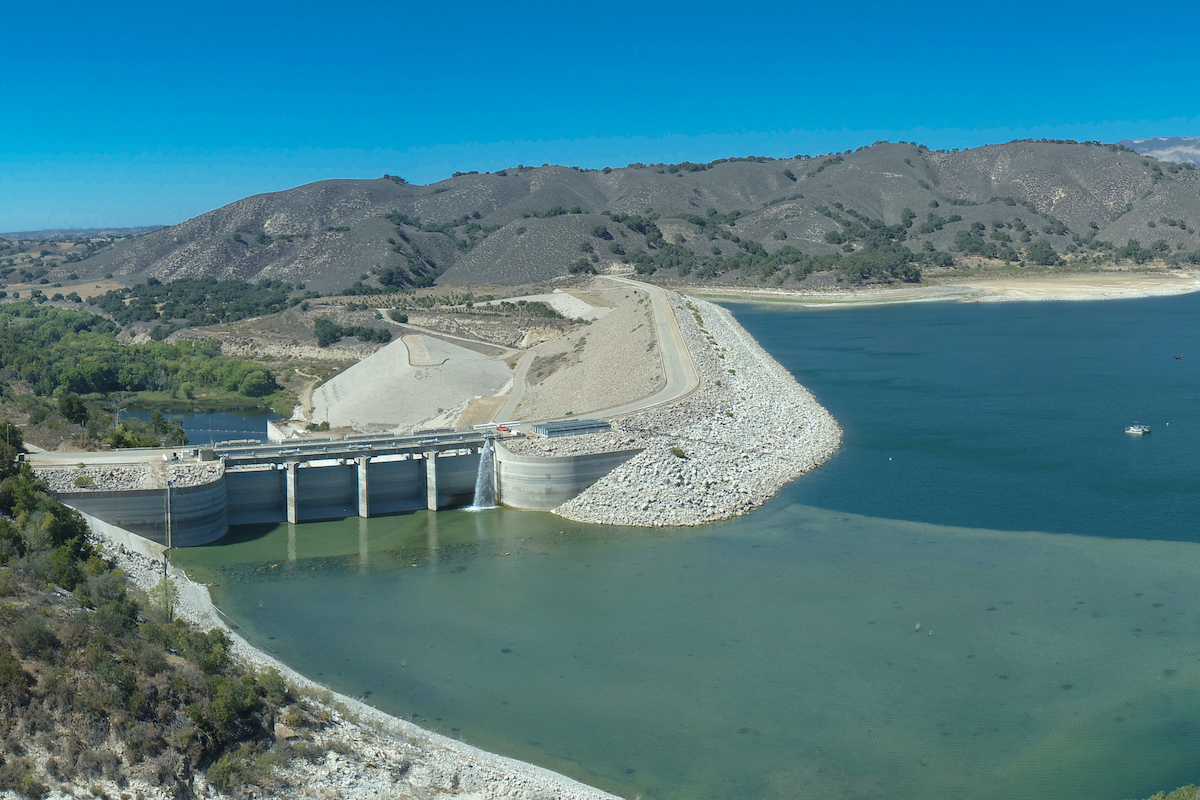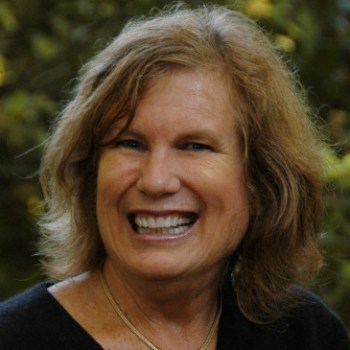The Forever Drought
No Rain for the Entire Month of January

The Sierra Nevada is blanketed with snow, rivers are surging from the Oregon border to the Los Angeles Basin, and the hills are green and lush. After two years of punishing drought, precipitation returned to California late last year — and not a moment too soon.
In 2021, the state’s water crisis teetered on the cusp of outright catastrophe. Reservoirs were approaching dead pool — that point where water levels fall below dam outlets. Water-use restrictions were in force across the state.
The situation shifted with the miraculous “atmospheric river” of October and several subsequent storms. Collectively, they seemed a portent of the end of the drought, and many of us celebrated. But it turned out our festivities were premature.
In early January, the U.S. Drought Monitor, a weekly federal report on national drought conditions, stated that all of California remains in a moderate drought, while fully a third of the state is stuck in extreme drought. As welcome as the early rains were, they were just that — early. Most of the state hasn’t seen a drop of precipitation for the entire month of January. Two months of the wet season remain, but if the storms don’t resume in earnest, we’ll be lucky to achieve even an “average” water year.

Unhappily, things don’t look promising. Michael Anderson, California’s state climatologist, predicts January, February, and March will be drier than average. Further, many of our reservoirs remain critically low for this time of year. Lake Shasta, the primary supplier for the massive federal Central Valley Project, held only 55 percent of average capacity on January 25.
We see this grim reality playing out in Santa Barbara County. Lake Cachuma was once a primary water source for the county, but it has veered from merely low to critically low for years. Thanks to the large storm in October, it now stands at 48 percent of capacity. But the water level has fallen in the past month, and further dwindling is assured at least through the current year. Will Lake Cachuma ever serve as a reliable water source again? Unlikely.
We’re now in such an extreme water deficit that we’ll need an extravagantly wet year — and several wet years after that — just to get back to the pre-drought baseline. Further, that baseline is hardly sufficient to end California’s perennial water crisis.
It’s not solely a matter of supply: Our water isn’t distributed equitably. Fully 80 percent of California’s water goes to agriculture, with a disproportionate share consumed by a small number of corporate farms in the San Joaquin Valley. This is outrageous, given agriculture only accounts for 2 percent of the state’s economy. It’s also unfair to state residents: Californians are forced to take five-minute showers, all to keep the water flowing to crops that contribute minutely to our common prosperity. The environmental effects of our skewed distribution policies are likewise disastrous. The Sacramento/San Joaquin Delta, the largest estuary on the West Coast of the Americas, is dying because of throttled freshwater flows. Our once-robust salmon runs have dwindled to the point of blinking out entirely.
C-WIN is at the forefront of the movement to amend California’s antiquated and unjust water policies, and we’ve drafted a detailed program toward that end. But before any reform can occur, a basic reality must be acknowledged: For all practical purposes, our drought is permanent.
Much of California is true desert, and most of the remaining state is semiarid. Virtually all reliable computer models predict less precipitation in the future due to ongoing climate change. With our burgeoning population and the increasing demands on our natural resources, we no longer have the luxury of making do with “average year” water supplies. We must formulate all our plans on living with less — at times, much less — water.
That doesn’t mean we have to lead lives of privation. There is enough water for all if we adopt practical conservation measures, develop sustainable local sources, and distribute supplies fairly. Water, after all, is a public trust resource. It belongs to all of us, not just the few, wealthy, and powerful. But we must stop looking to the skies for salvation. No amount of rain and snow will free us from drought. It will always return. It will always be with us.
Carolee Krieger is executive director of the California Water Impact Network (C-WIN).
Support the Santa Barbara Independent through a long-term or a single contribution.




You must be logged in to post a comment.